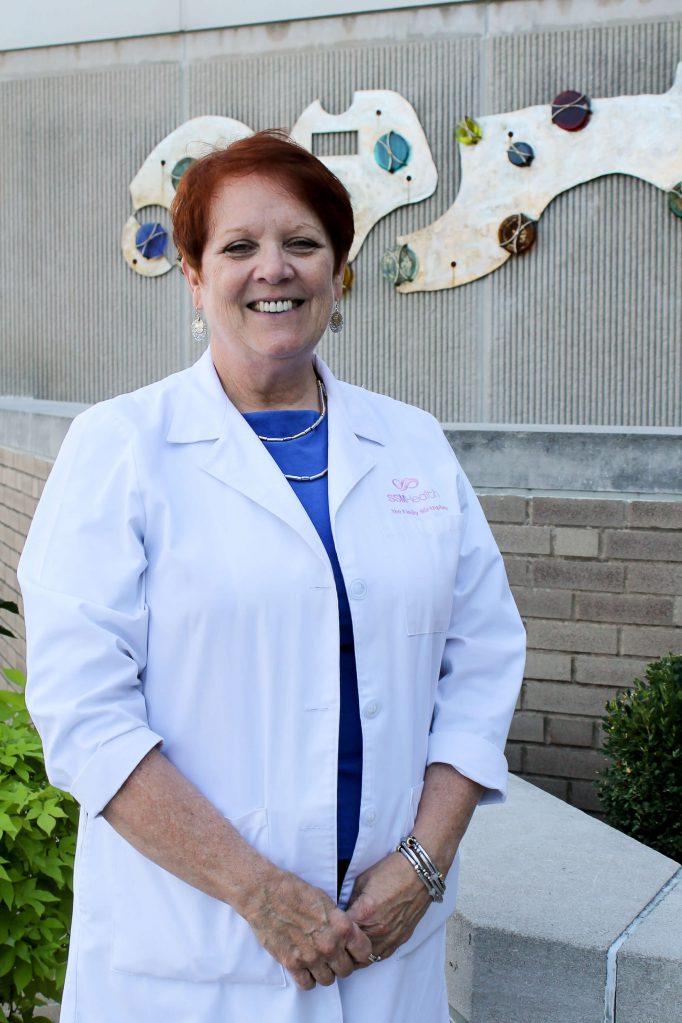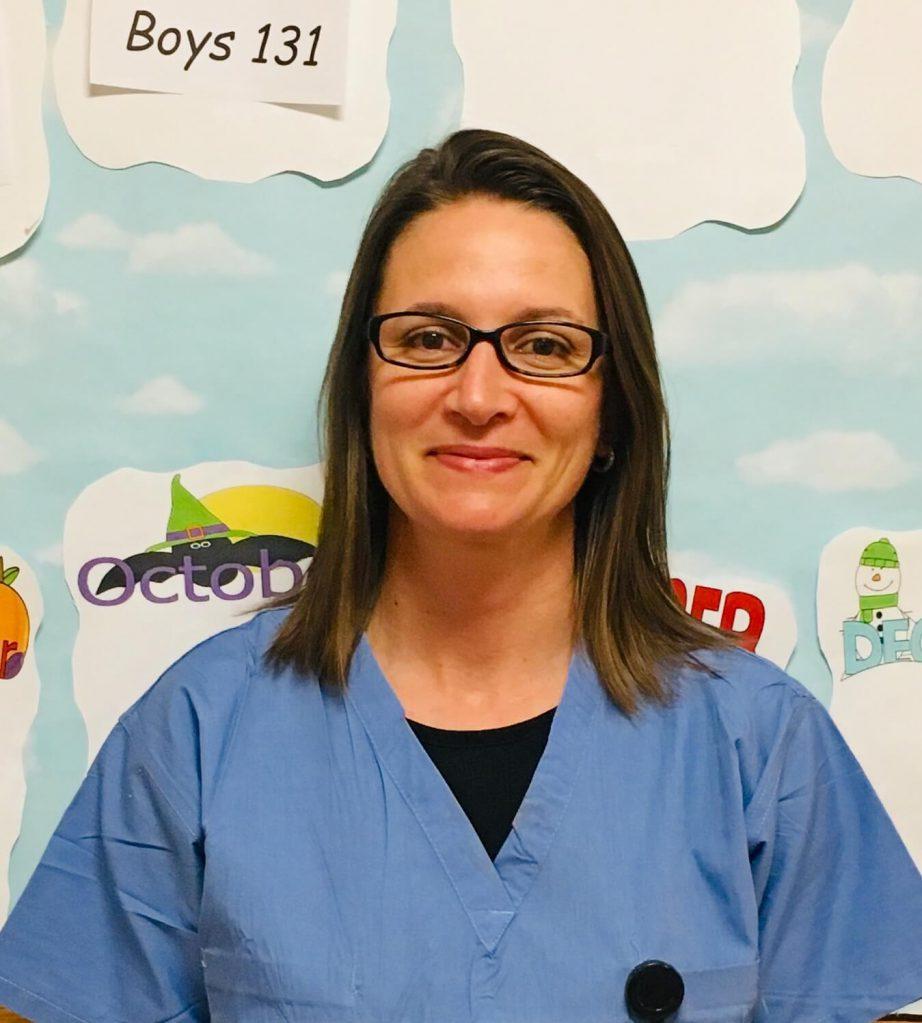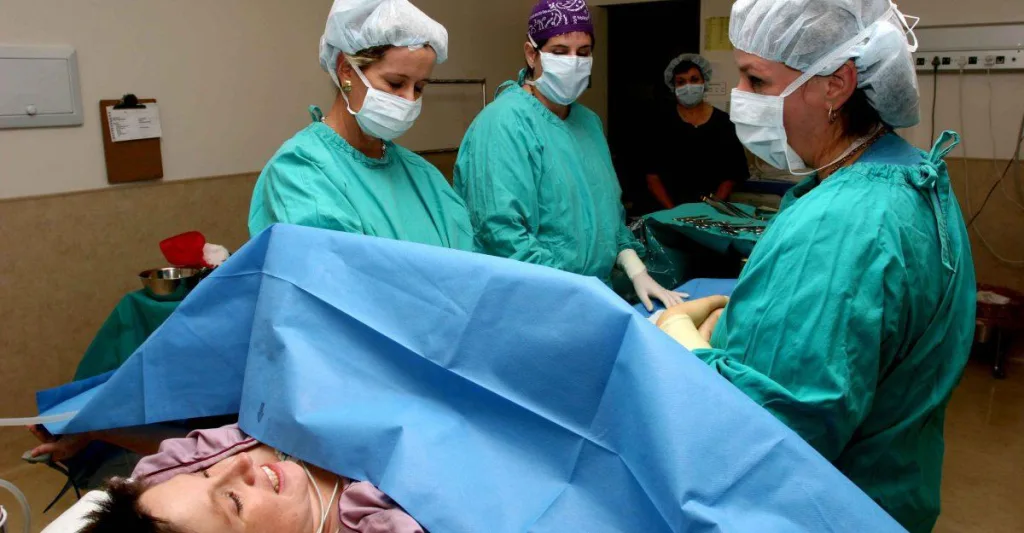In the United States, cesarean births have increased from 20% to 32% over the past 22 years.
The Centers for Disease Control and Prevention reports cesarean rates as high as 37% in states such as Florida and Louisiana. Studies also have shown rates vary widely from hospital to hospital. While C-sections are medically necessary in some cases, researchers estimate that almost half of these procedures performed in the U.S. are not necessary. Cesarean sections are not only more costly than vaginal births, but also increase the risk of obstetrical hemorrhage, anesthesia complications, injuries to the bladder, bowel and vascular system, postpartum pain and other problems. The procedure also can cause placenta accreta -- a serious condition in which the placenta grows too deeply into the uterine wall -- in future pregnancies. [caption id="attachment_55689" align="alignleft" width="200"] Pam Lesser, MSN, RNC-AWH[/caption] An increase in complications caught the attention of Pam Lesser, MSN, RNC-AWH, director of perinatal services at SSM Health St. Mary's Hospital-St. Louis. Several years ago, Lesser noticed more women were being referred to her hospital for abnormal placental attachments, and the perinatal team knew that avoiding the first C-section was one way to decrease the risk of these complications. To tackle the problem, the team decided to steer away from elective inductions before 39 weeks gestation. Even for patients who reached this milestone, "we started asking ourselves and mothers whether we could wait a little longer for labor to start naturally," she said. They also stopped putting time limits on deliveries. Rather than giving mothers 12 or 24 hours to deliver a baby after their water membranes had ruptured, mothers could wait for labor to begin naturally while nurses regularly checked for signs of infection. Lesser's team also ramped up interdisciplinary communication between patients, nurses, neonatologists, anesthesiologists and physicians to ensure everyone was more aware of the mother's progress throughout labor.
Pam Lesser, MSN, RNC-AWH[/caption] An increase in complications caught the attention of Pam Lesser, MSN, RNC-AWH, director of perinatal services at SSM Health St. Mary's Hospital-St. Louis. Several years ago, Lesser noticed more women were being referred to her hospital for abnormal placental attachments, and the perinatal team knew that avoiding the first C-section was one way to decrease the risk of these complications. To tackle the problem, the team decided to steer away from elective inductions before 39 weeks gestation. Even for patients who reached this milestone, "we started asking ourselves and mothers whether we could wait a little longer for labor to start naturally," she said. They also stopped putting time limits on deliveries. Rather than giving mothers 12 or 24 hours to deliver a baby after their water membranes had ruptured, mothers could wait for labor to begin naturally while nurses regularly checked for signs of infection. Lesser's team also ramped up interdisciplinary communication between patients, nurses, neonatologists, anesthesiologists and physicians to ensure everyone was more aware of the mother's progress throughout labor.
"Now we meet as a team twice a day to talk about what we see that is reassuring versus concerning with the patients," Lesser said. "This helps us decide whether to continue or change the plan of care."
After implementing the new strategies, the overall C-section rate at the hospital dropped from 30% to an average of 25%. For first-time C-sections, that rate dropped to 13.5%.
The power of whiteboards
Improved communication between physicians, nurses and patients helped South Shore Hospital in Massachusetts reduce C-section rates. In 2018, the labor-and-delivery unit started placing a whiteboard in each room listing the mother's birth plan, medical history and names of care team members. [caption id="attachment_55691" align="alignright" width="270"] Heather Powderly, BSN, RNC[/caption]
Heather Powderly, BSN, RNC[/caption]
"It's been interesting to see how much more everyone communicates when we write things down," said Heather Powderly, BSN, RNC, a staff nurse at South Shore. "If the patient's preferences have changed or she doesn't understand something on the board, we talk about it."
This strategy is part of a new initiative known as Team Birth Project, a program that aims to improve the patient experience and provide a safe and dignified birth for all women. The program was developed by Ariadne Labs, a joint center between Boston's Brigham and Women's Hospital and the Harvard T.H. Chan School of Public Health, to reduce the number of unnecessary C-sections. The hospital also has started using an admission decision aid in labor and delivery, which helps providers decide whether to admit a laboring mother, send her home or move her to the early labor lounge. The lounge includes dim lighting, soothing music, birthing balls and other items that support the labor process.
Since the program began, Nulliparous, Term, Singleton, Vertex (NTSV) cesarean rates dropped from 30% to 26%.
Patients also are pleased with the changes, Powderly said. "In the surveys, patients are more specific than in previous years about what they appreciated, and people who have had multiple children here say the most recent birth experience was different," she said.
New approach to labor pains
[caption id="attachment_55693" align="alignleft" width="290"] Elisabeth Howard, PhD, CNM, FACNM[/caption] Elisabeth Howard, PhD, CNM, FACNM, is an associate professor of obstetrics and gynecology (clinical) at Warren Alpert Medical School and midwifery director at Women and Infants Hospital in Providence, RI. She was bothered by the high C-section rates in the U.S. and advocated for her hospital to address the problem by joining a national initiative known as the Reducing Primary Cesareans Project. As part of the program, which was developed by the American College of Nurse-Midwives, the hospital started applying a new evidence-based strategy to pain assessment. Rather than using the traditional scale of one to 10 -- a tool originally created for post-surgical patients -- they switched to a coping versus not coping model.
Elisabeth Howard, PhD, CNM, FACNM[/caption] Elisabeth Howard, PhD, CNM, FACNM, is an associate professor of obstetrics and gynecology (clinical) at Warren Alpert Medical School and midwifery director at Women and Infants Hospital in Providence, RI. She was bothered by the high C-section rates in the U.S. and advocated for her hospital to address the problem by joining a national initiative known as the Reducing Primary Cesareans Project. As part of the program, which was developed by the American College of Nurse-Midwives, the hospital started applying a new evidence-based strategy to pain assessment. Rather than using the traditional scale of one to 10 -- a tool originally created for post-surgical patients -- they switched to a coping versus not coping model.
Cues for coping included rhythmic breathing, relaxation between contractions and vocalizations such as counting or chanting. Signs that a woman was not coping included crying, writhing, lack of concentration and loud vocalizations.
If a patient is not coping, the care team can suggest non-pharmaceutical options such as yoga balls, an upright birthing chair or nitrous oxide. Howard also started teaching a 10-hour workshop to train nurses how to promote relaxation, comfort and confidence in laboring women. Nurses learned how to use guided meditation, essential oils and acupressure.
"Helping nurses understand the importance of normal labor physiology has been critical," Howard said. "Women need to be upright and mobile as much as they can."
The program, which launched two years ago, helped the hospital decrease the epidural rate in first-time, low-risk mothers by 20%, and the C-section rate 5%. Aware that labor-and-delivery nursing can be emotionally and physically exhausting, Howard incorporated lessons on self-care and self-compassion into the training. The nurses learned about deep breathing, guided meditation and how to be present themselves. So far, she's trained 200 nurses, and participants describe the workshop as incredibly helpful. "It's been rewarding to see that nurses feel empowered because they have more techniques at their fingertips to create a comfortable space for patients," she said. "It's helping them reconnect to why they became nurses."
For more resources related to cesarean sections:
- Take our course Guarding the Safety of Anticipated Vaginal Birth After Cesarean Patients
- Take our course Evidence-Based Care of the Post-Cesarean Section Patient
- Watch our Promoting Vaginal Birth webinar
- Access our Maternal Mortality Toolkit
- Learn about our Mothers and Babies First Research Project with AWHONN






